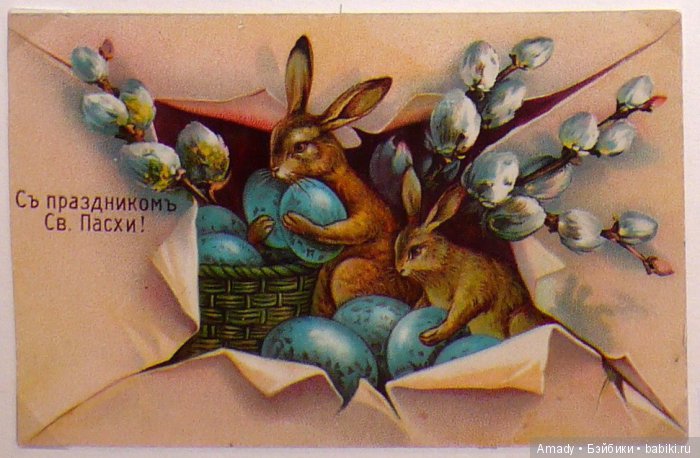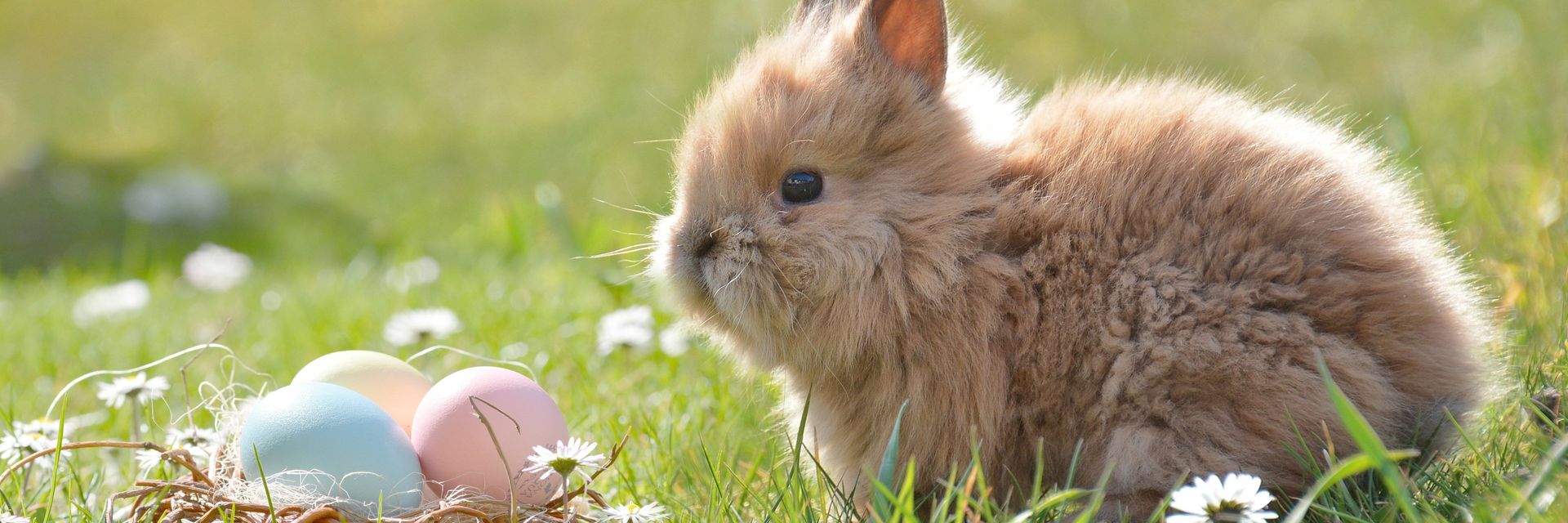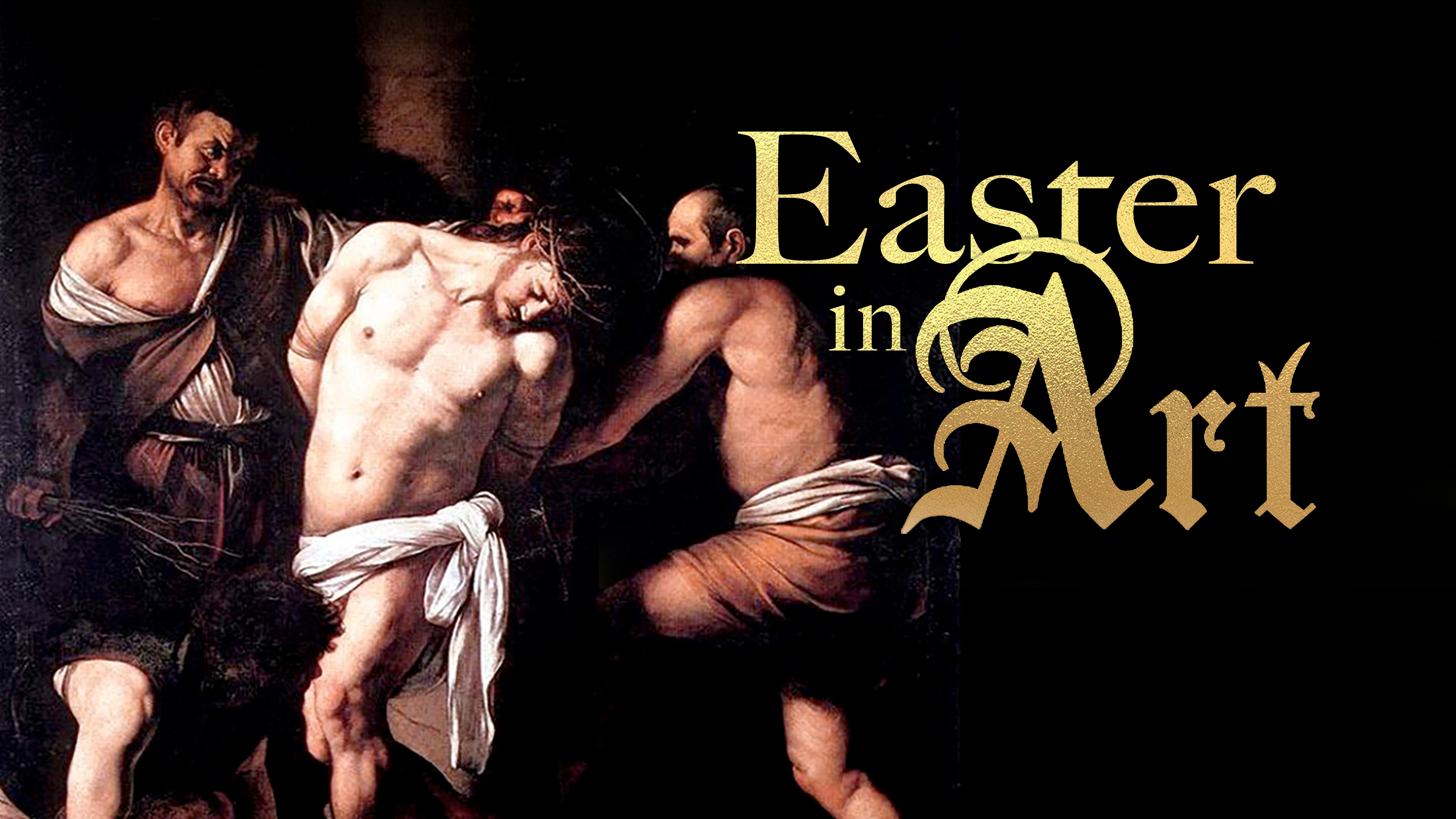A cuddly mascot makes a brief appearance every spring.
◊
The Easter Bunny is a beloved symbol of the Easter holiday, especially in Western cultures. With its colorful eggs and playful image, the Easter Bunny is associated with springtime celebrations and childhood joy. But behind the fluffy ears and festive traditions lies a rich history that stretches back centuries, blending pagan customs, Christian beliefs, and folklore into an enduring symbol.
This three-part MagellanTV documentary explores how Easter and its symbols have been depicted in classical and modern art.
Roots of the Easter Bunny Legend
The roots of the Easter Bunny can be traced to pre-Christian, pagan traditions in Europe. Ancient festivals held during the spring equinox often celebrated fertility, renewal, and the coming of new life – fitting themes for a season when the natural world reawakens. One such festival was dedicated to the Germanic goddess ?ostre (or Ostara), who was associated with spring and fertility. According to legend, ?ostre’s sacred animal was the hare, a creature known for its high reproductive rate and thus its symbolic ties to fertility and renewal.
As Christianity spread throughout Europe, many pagan customs were incorporated into Christian celebrations to help convert local populations. Easter, which commemorates the resurrection of Jesus Christ, coincides with spring and naturally adopted some of the season’s preexisting symbols. The hare (or its cousin, the rabbit), already associated with fertility and rebirth, was a fitting emblem for a holiday centered on spring’s renewal of nature’s bounty in the endless cycle of the seasons.
The concept of the Easter Bunny as a deliverer of eggs seems to have originated in Germany during the 1600s. German folklore spoke of an “Osterhase” or “Oschter Haws” – a hare that laid colorful eggs and hid them in gardens for children to find. This tradition became particularly popular among children, who would make nests in which the hare could lay its eggs. The eggs themselves, in keeping with the story of the Osterhase, were often dyed in bright colors to represent the vibrant hues of spring.

Old Russian postcard celebrating Easter and the spring equinox (Source: Wikimedia Commons)
Easter Customs in America and around the World
German immigrants brought the Easter Bunny tradition to America in the 1700s, particularly to Pennsylvania, where it was embraced and evolved. Over time, the practice of children building nests became the custom of using decorated baskets. The eggs themselves expanded to include chocolate and candy-filled versions, and the mythical bunny grew into the cheerful, costumed character seen in malls and Easter parades today.
Interestingly, the Easter Bunny is not the only symbol of traditional Easter celebrations around the world. In some countries, such as Switzerland, colorful eggs are hung in trees much like ornaments at Christmas. And in New Zealand, where the holiday falls in autumn, hot-cross buns are the comfort food of choice for Easter festivities. Yet, the bunny has become the most enduring and widespread figure, especially in North America.
From ancient fertility rituals to Christian celebrations and immigrant folklore, the Easter Bunny has hopped through history, bringing with it a message of renewal, joy, and the playful spirit of spring. Today, children and families celebrate with colorful egg hunts, candy-filled baskets, and cheerful gatherings. A fine time is had by all.
Ω
Title Image credit: Rebekka D, via Pixabay


